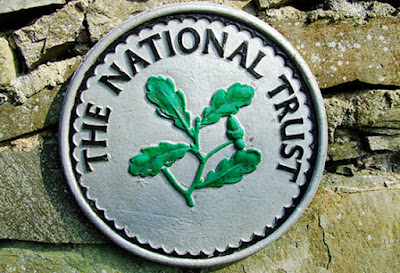A Good Yew News Story - UPDATE

Following the alarming cut back of an ancient Yew tree in March 2015, I'm please to report that two years of healthy looking regrowth to this ancient specimen, reported by specialists to be around 850 years old, provides great hope and blessed relief that the tree has not only survived the ordeal but should continue to thrive and live on for many more centuries. Two years of regrowth Looking healthy in parts Hopefully the tree will thrive and produce further healthy growth for many decades and maybe centuries The ancient bole shows character and charisma, and proves to be photogenic from any angle. It has been lopped on many occasions over the decades and not always sympathetically, but for the first time in its history it is now protected with a 'tree preservation order'. A 'trysting' tree for lovers was Richard Cadbury's account in the late nineteenth century, and although it probably goes unnoticed by many passing by today it is






